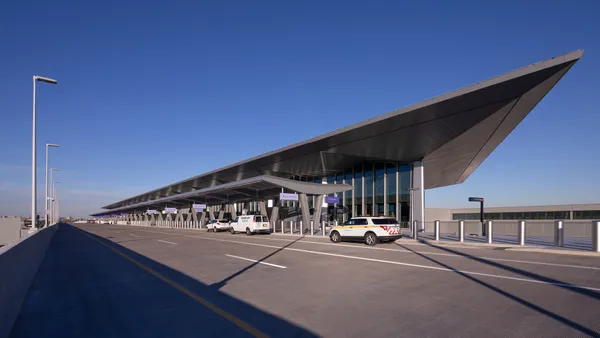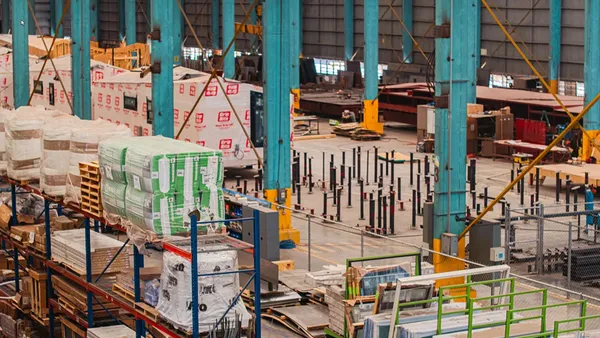Dive Brief:
- Real estate investment firm Corporex is developing an $800 million to $1 billion mixed-use project in Newport, Kentucky, Local 12 WKRC-TV reported, and construction should begin in 2019.
- The 35-acre project, which will overlook downtown Cincinnati from across the Ohio River, will include 5 million square feet of residential, commercial and public space. In the works are a combination of 942 for-rent and for-purchase residential units, 500 hotel rooms, 280,0000 square feet of retail, 1 million square feet of offices, a theater, conference center, marina, public plazas, recreation facilities, trails, riverfront improvements and a public parking garage that will be built first.
- Corporex will put up $70 million of its own money to begin the project, according to the Cincinnati Business Courier, and will self-perform master planning, infrastructure, podium parking and hotel elements. The company will partner with other developers on the project’s other mixed-use components like residential. The Newport City Commission recently approved a five-year extension for the TIF (tax increment financing) district from which Corporex will be paid. The TIF will now expire in September 2047.
Dive Insight:
In a nutshell, tax increment financing is a way local agencies can invest in a wide variety of projects and pay for them with the anticipated increase in property or other taxes. According to a September 2018 report from City Lab, however, TIFs aren’t the answer to every city or state economic development financing issue.
First, some are concerned with the tendency for some TIFs' processes to be less than transparent, particularly when it comes down to decision-making about which projects should benefit from the money. For example, a 2017 Crain’s Chicago Business and Better Government Association investigation found that $55 million of TIF money earmarked to combat blight in the Windy City went toward the renovation of Navy Pier, a shopping and dining destination along the shores of Lake Michigan.
Another complaint that critics of TIF have is that they don’t always take into consideration an increase in property value or other tax bases that would have occurred without the development being financed, therefore diverting money away from traditional beneficiaries like schools or affordable housing projects.
TIF strategies do, however, often prompt investment that would not have otherwise attracted the private sector, such as infrastructure projects.
Earlier this month, as part of the company’s HQ2 announcement, Amazon revealed that the city of Arlington, Virginia, will use a TIF plan to put approximately $28 million toward on-site infrastructure and open space at National Landing, one of two spots Amazon elected to split its new headquarters.













